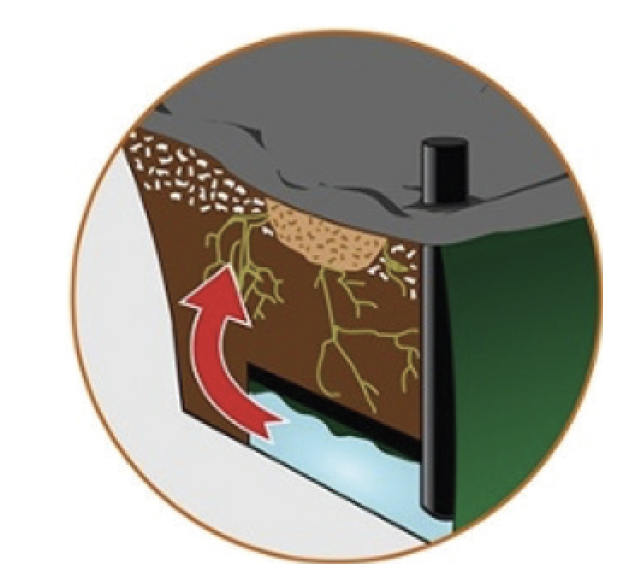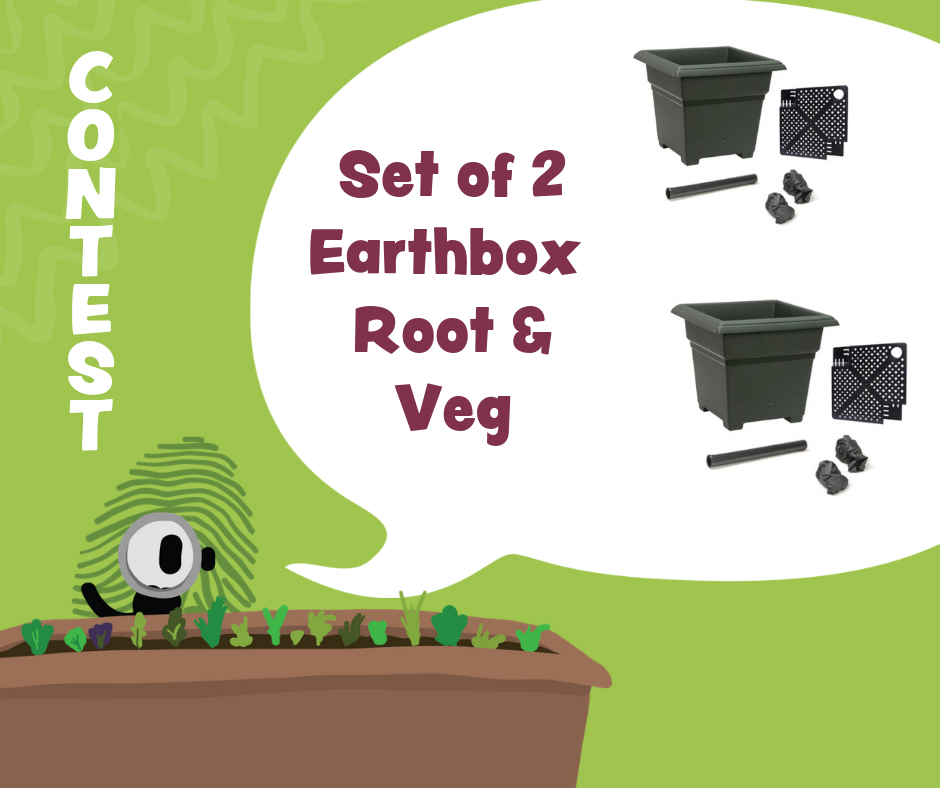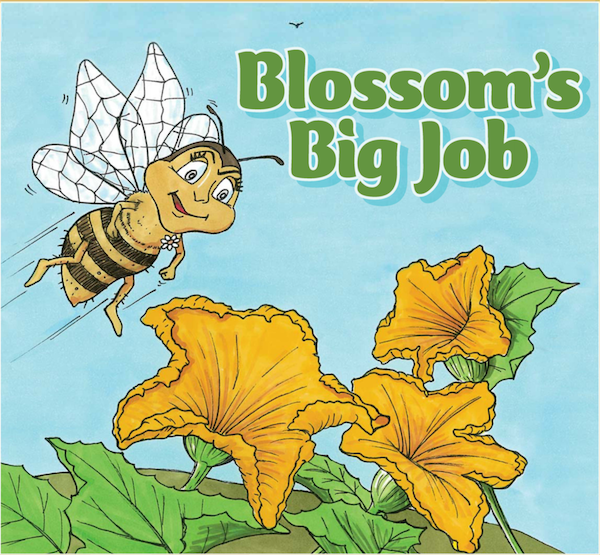Easy Grows It: How to Choose Your Growing Containers
Almost anything can serve as a container for growing plants. But how do you choose the home for your food crops?
In addition to terra cotta, plastic and pressed fiber pots, you can use food-grade barrels, 5-gallon food buckets, recycled plastic tubs or wooden planter boxes! Stick to food-grade plastic for food crops if you are re-purposing a container, and we recommend staying away from recycled tires for anything food related.
Size of Container
The size of container is determined by the plant you intend to grow. Radishes may feel at home in a 6-inch deep container, but don’t try to grow a tomato plant in a container that holds less than 5 gallons of soil. The general rule is to use the largest container possible, because the more soil there is, the more root space there will be — and the longer your plants can go between waterings.
Drainage Holes
Your containers will need drainage holes. — on the sides rather than the bottom if possible—so excess water can drain and roots won’t get waterlogged. For large pots with drainage holes on the bottom, elevate the pots on bricks or scraps of wood so that the water can escape.
Potting Mix for Containers
Once you have chosen the right container, you’ll be ready to pick a potting soil. Soil for container-grown plants should be light, well drained and moisture-retentive. Garden soil is much too dense and can introduce disease and insect problems to your containers. Most container-grown plants are happiest in a soil-less potting mix blend comprised of sphagnum moss and vermiculite or perlite, with the addition of finished compost.
Try Self-watering Containers!
Self-watering containers are planters that are designed to hold water in a lower reservoir. This extra cache of water replenishes the soil moisture as plants draw it up through transpiration. Although they are called ‘self-watering’, they are not truly automated systems unless they are tied into a water supply line like a rain barrel or garden hose.
These are also termed as SIPs (sub-irrigated planters). Sub-irrigation refers to the way that the water is supplied, or irrigated. It is delivered from below the soil surface. The sub-irrigation may refer to the initial watering process of filling the reservoir. Or it may merely refer to the subsequent wicking action that occurs over time through capillary forces.
Popular types of sub-irrigated or ‘self-watering’ containers are Earthboxes or Patch Planters, though there are many kinds available at garden centres.

Container Watering Tips
-
- Start with a soil-less potting mix
- Water until all the soil in the container is moist and water runs out the drainage holes.
- For large containers, reduce evaporation by covering the soil surface with a thin layer of mulch (shredded bark, leaf mold, dry grass clippings or straw.)
- Try to avoid watering plants with softened water. It contains dissolved salts that are toxic to plants. You can try collecting rainwater in a barrel from your roof to use for watering plants.
- Cluster your potted plants to create a little microclimate that will minimize moisture loss and increase humidity.
Growing in containers can be rewarding, but your plants will require attention at regular intervals. This is especially important for regular watering, as the sun can cause your soil to dry out quickly. Remember to have fun growing in containers, but don’t stress over it!


